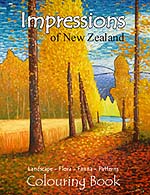The idea that a painting proceeds in regular predetermined stages from beginning to end implies that the finished result is set in stone.
This may indeed be what happens for craftsmen, commercial illustrators and draftsmen, but for the artist this approach does not allow for the painting to have input into it's own creation.
In other words, what happens to the picture in the act of painting.
In the first instance there will be a strong stimulus to start an artwork based on an idea.
The idea should have been quickly scribbled on a scrap of paper, even if it is just a bare few lines and note of explanation or title.
Some artists like to also produce 'oil sketches'. These are small quickly rendered paintings which are just enough to establish a more visual idea of colour and composition and which will give the artist some idea of scale and canvas size required.
So even at this basic stage the artwork will begin to determine it's own destiny and help the artist decide on whether or not to make a full commitment to it.
In scaling up your composition onto a full size canvas the artist must also be aware that extra detail may then be required where previously none was noted, which will also cause the picture to change.
This may be subtle or dramatic depending on the complexity of your artwork and on how well you had thought out your basic idea.
I like to define my darks and shadows by building up washes of burnt umber or burnt sienna in these areas.
Very quickly you will begin to see how the lighting of your painting is taking shape and be able to adjust any doubts that have crept into your composition.
This is because you will begin to see the tonal arrangement of your painting taking shape.
So once again the artwork will start to give you second and third thoughts on how to manage it's development.
It is also easy to make changes at this stage when the paint is lean and whole areas may be wiped away with a rag and turpentine.
The final layer of opaque colour will also be dictated to by your tonal underpainting and by your knowledge of colour mixing. Generally working from the background forward is a good idea and if you are right handed working from left to right.
There has been many a time when I have painted an area only to rest my hand on it later in the session.
Remember also to stand back from your painting every so often to look at what is developing and to adjust course to suit. If you have been working away for a couple of hours take a ten minute break to occupy the mind with something else.
When you return your eyes will see the painting anew and you may see something previously you had missed. There have been times when I have merely sat and gazed at the developing artwork for hours knowing it was trying to convey some change of direction or correction to me until finally I got it.
Tip: When using large amounts of turpentine to clean away underpainting make sure the room is well ventilated.
|
|

GENERAL ART TECHNIQUES
- Applying a Base Coat
- Colour
- Colour II
- Creating an Abstract
- Dealing with Critics
- Design
- Developing A Style
- Hue, Intensity, Tone
- Fat Over Lean
- Perspective
- Ten Rules for Classical Painting

PAINTING LANDSCAPES
- Aerial Perspective
- Composition
- Drawing Trees
- Using Tone

PAINTING MATERIALS
- Basic Colour Palette
- Basic Colours Continued
- Bristle Brushes
- MDF board
- Oil Paints
- The Camera
- Varnishing Artwork

PAINTING NUDES
- Complexity of Form
- Public Reaction
- Portrait Drawing
- Skin Tone
|



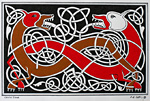
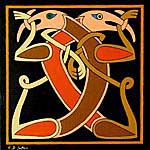
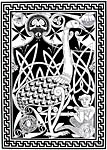
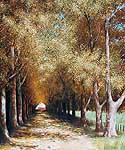


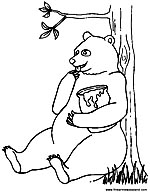
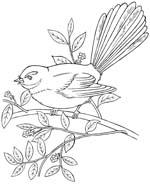
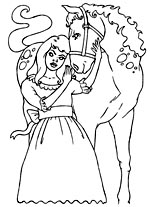
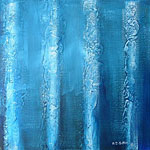
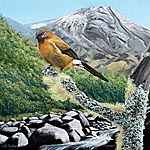

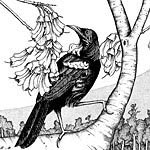
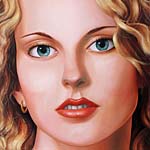
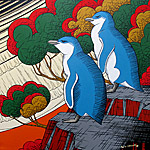
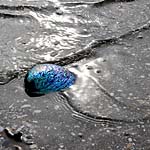

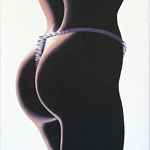
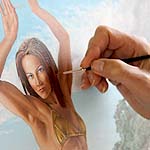

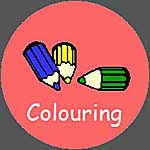




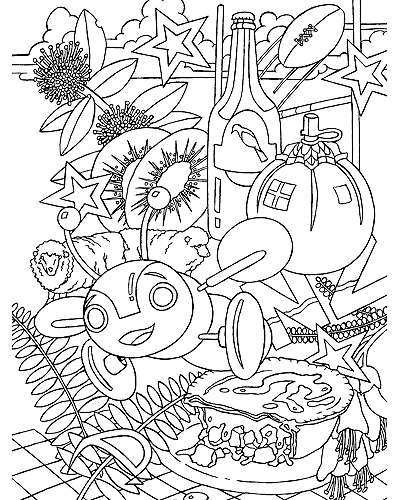
 IMPRESSIONS OF NEW ZEALAND COLOURING IN PICTURE BOOK
IMPRESSIONS OF NEW ZEALAND COLOURING IN PICTURE BOOK
